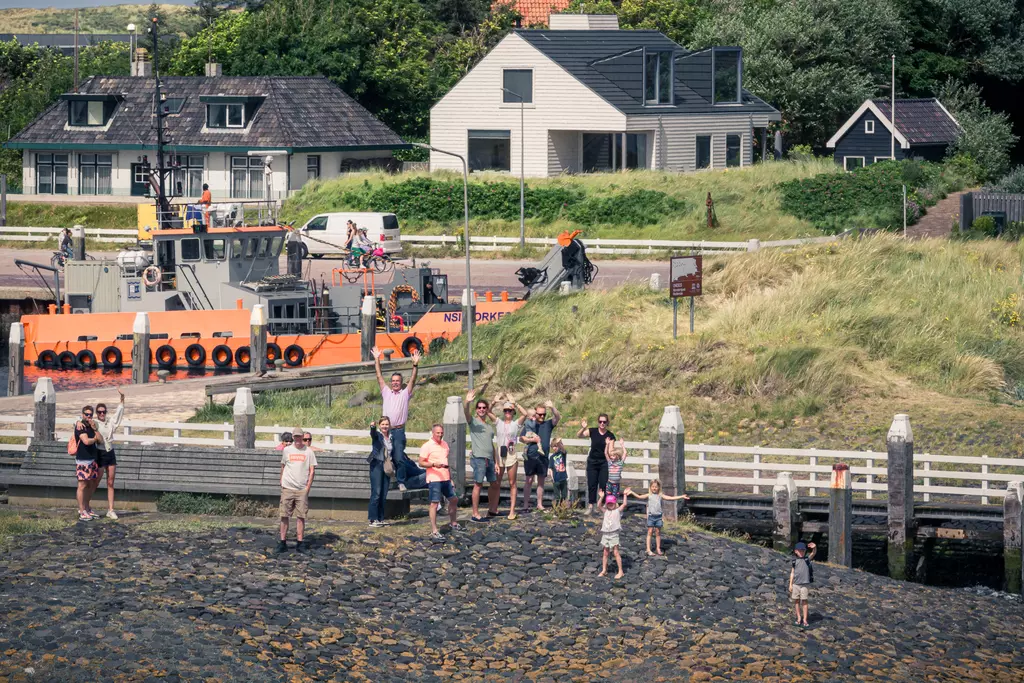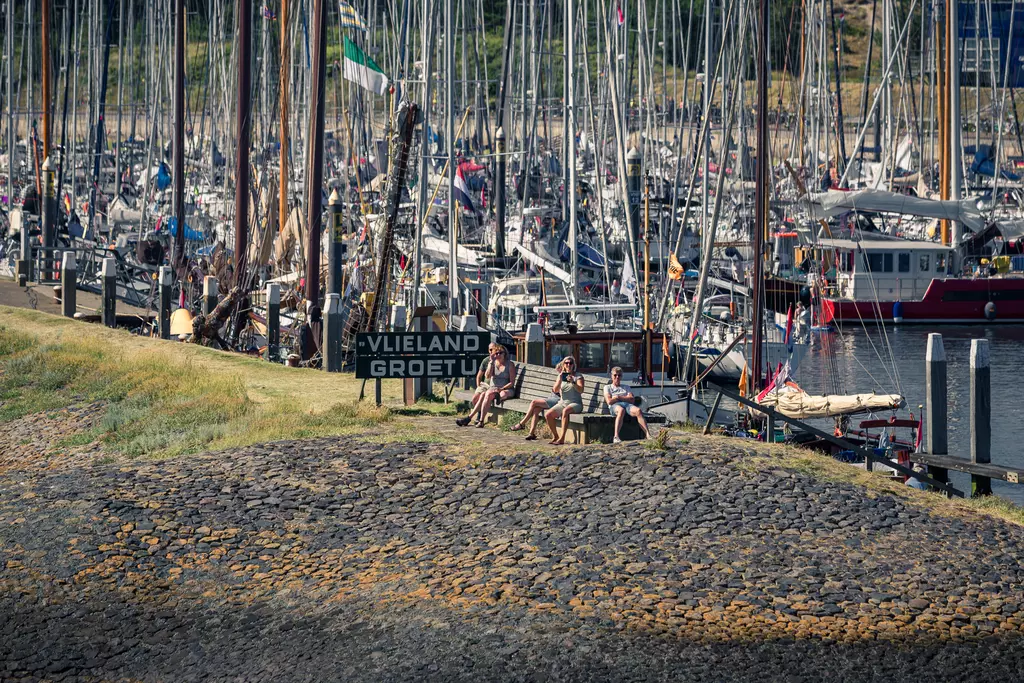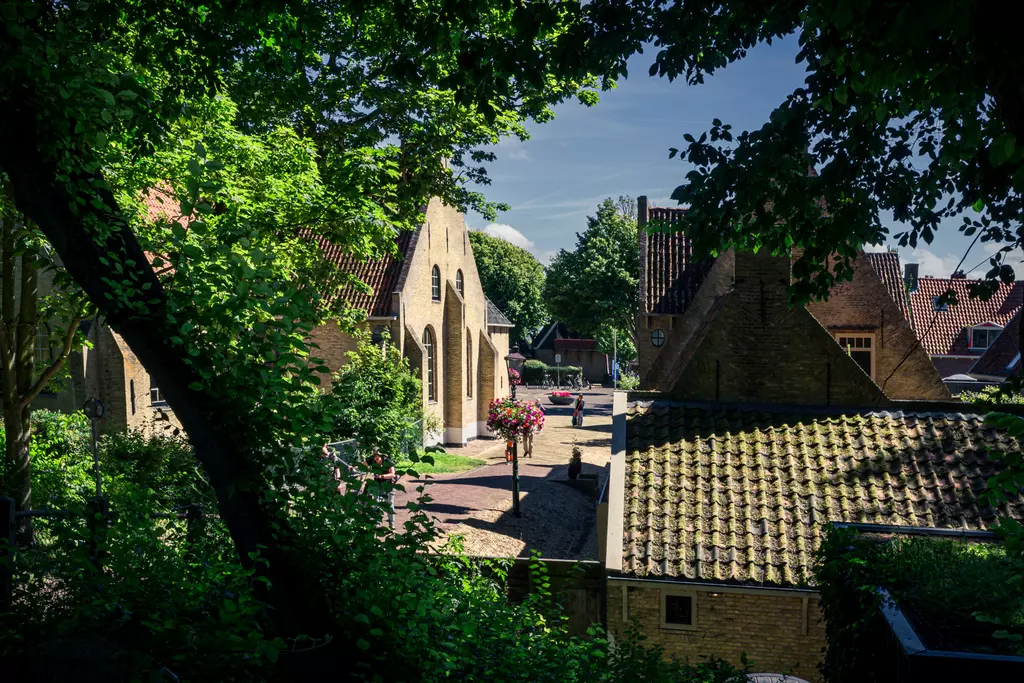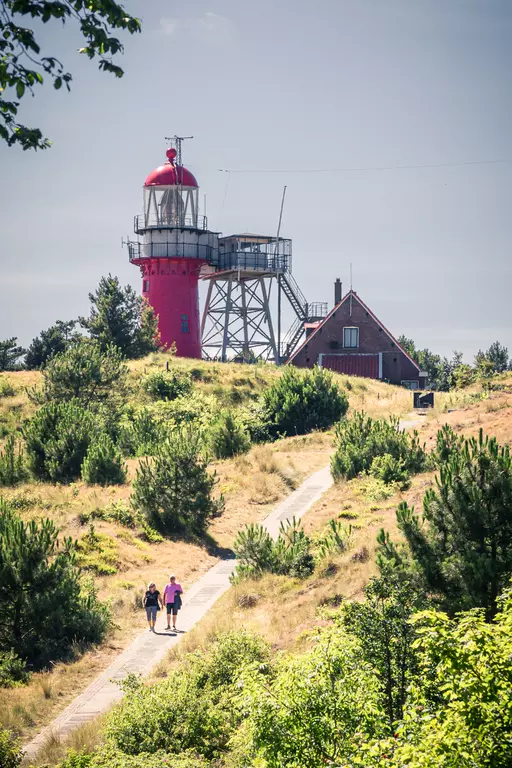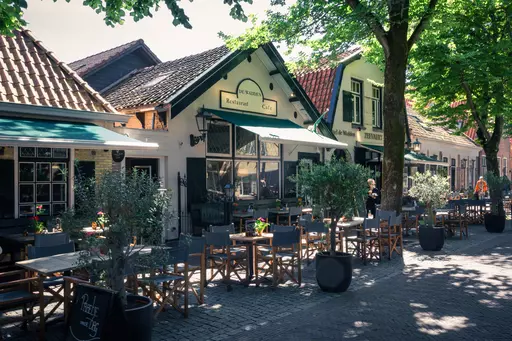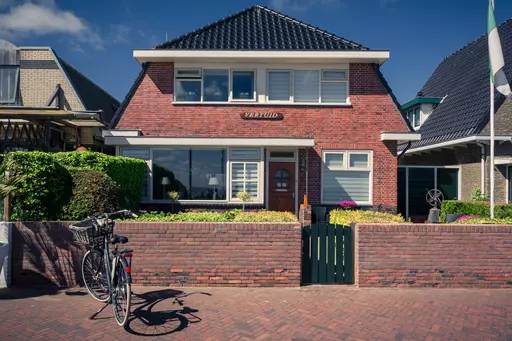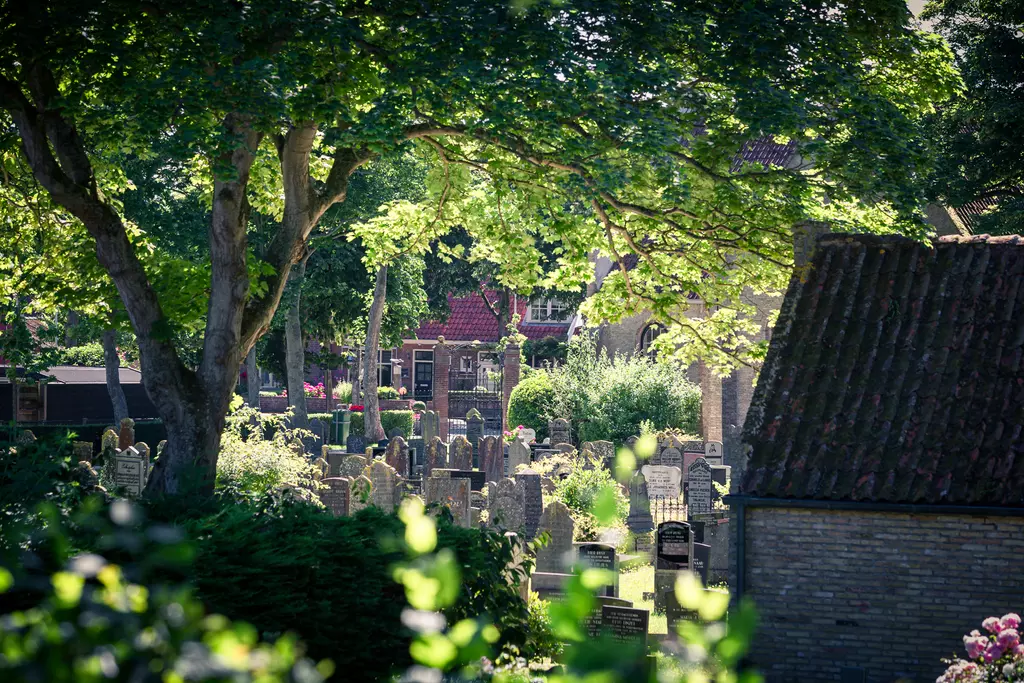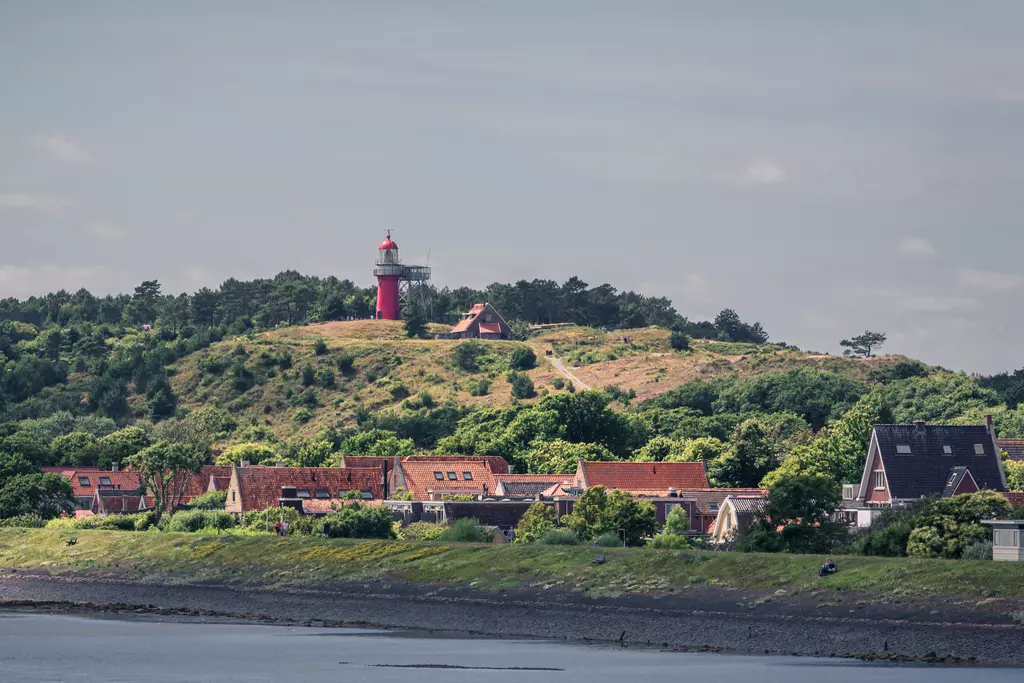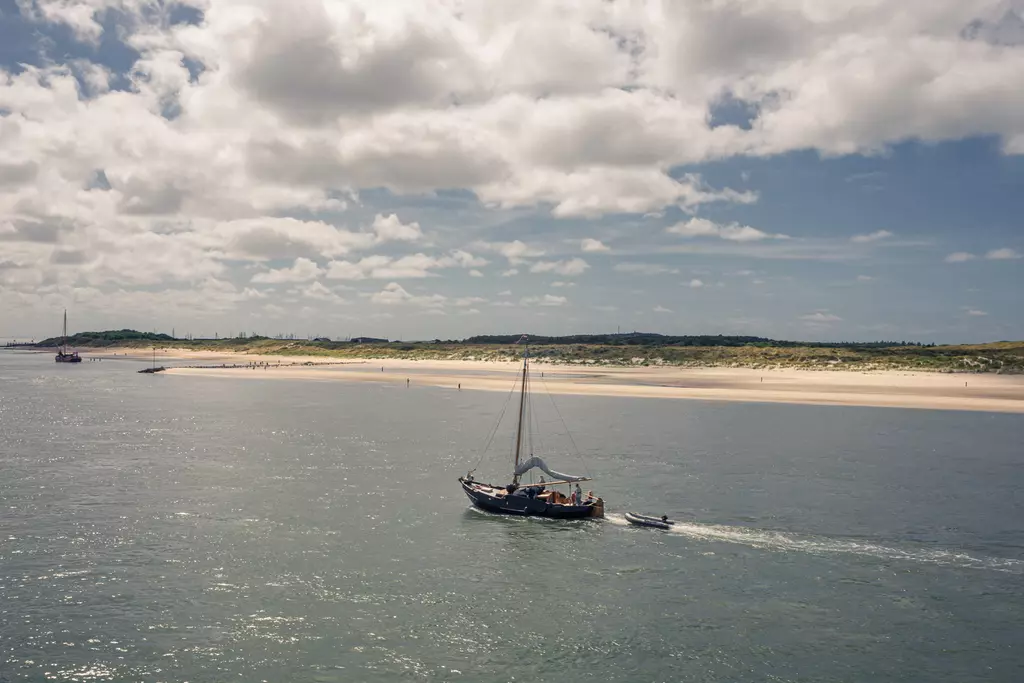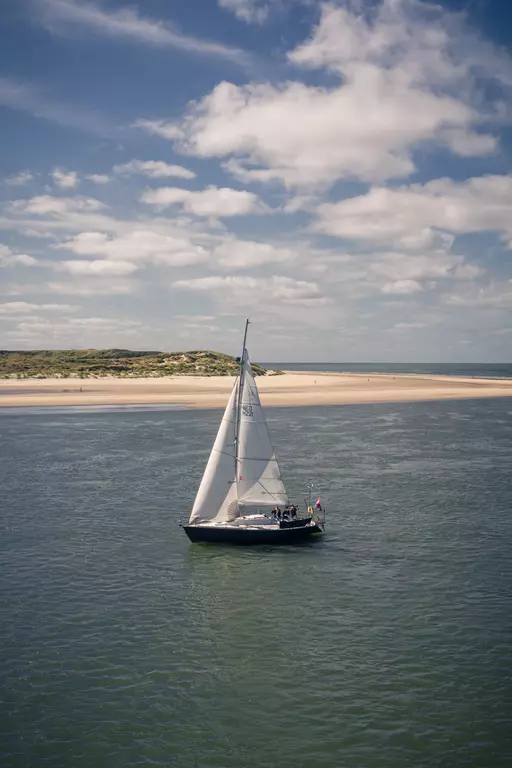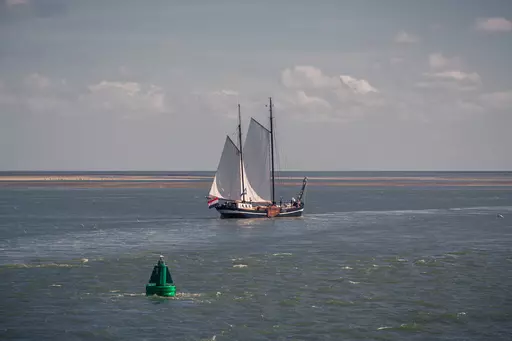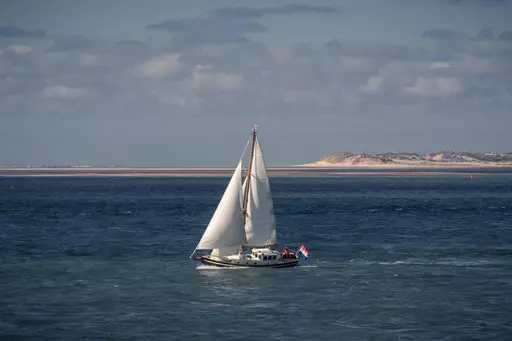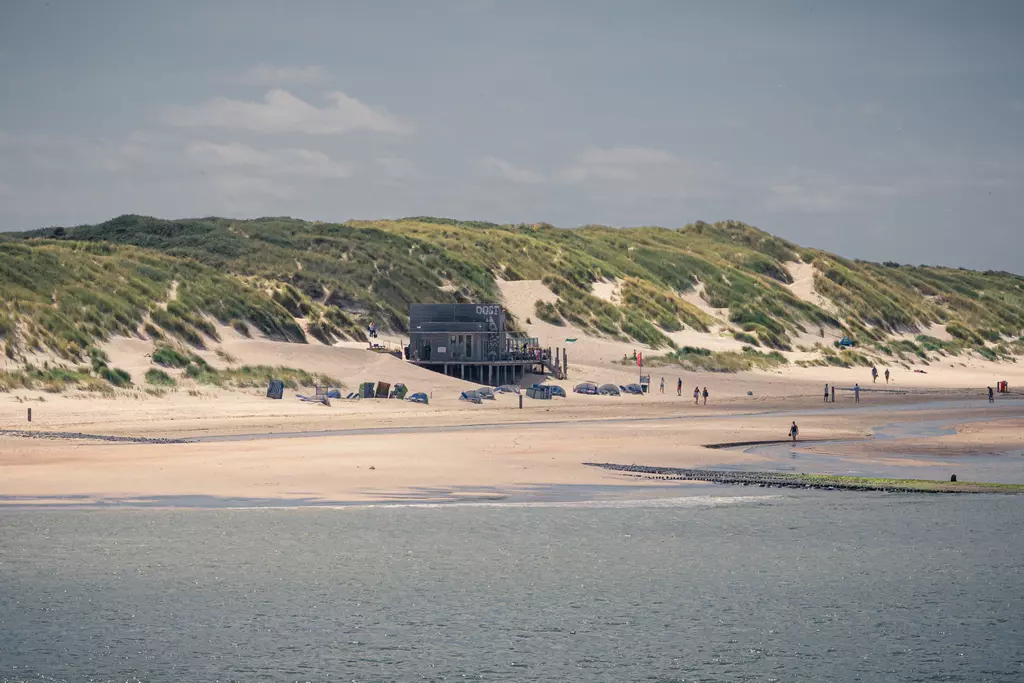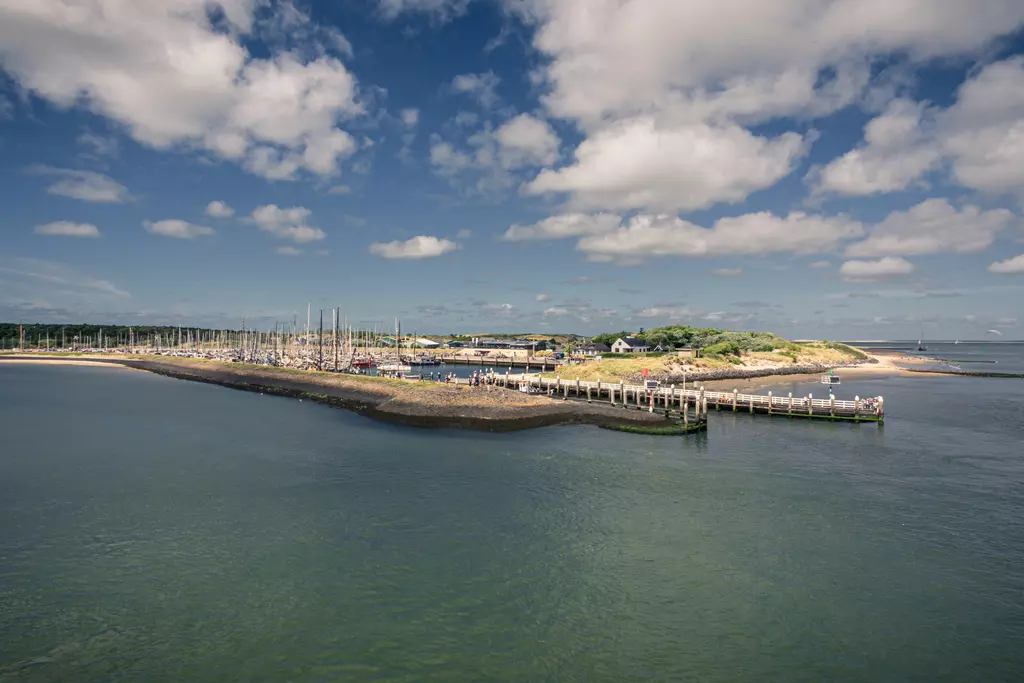Vlieland, Netherlands, July 2022
Vlieland, Netherlands, July 2022
Vlieland welcomes me with a scene so picture-perfect it almost feels staged: as the ferry docks, people wave from the shore. Whether they greet every newcomer or just wait for someone in particular is unclear. Perhaps it’s simply part of the island’s hospitality.
There are hardly any cars on Vlieland. Here, people walk or cycle. The island’s only village, Oost-Vlieland, has kept its old-world charm—not because of any grand historical significance, but simply because there’s no reason to change anything. A single main street lined with small shops, old captain’s houses with ornate gables, cobblestone paths. No traffic, no noise—just the constant whisper of sea air.
Above the village stands Vuurduin, a lighthouse smaller than one might expect. Just 17 meters tall, but perched on a high dune, allowing its light to reach far out to sea. It wasn’t even built here—it originally stood in IJmuiden before being moved to Vlieland in 1909. The locals call it “Rode Kabouter”, the red dwarf.
Next to the lighthouse, there’s a viewing platform. Fifty-one steps lead up, but I decide to skip the climb. I can already picture the view: the sea stretching endlessly on one side, dunes rolling away on the other, maybe a few sailboats in the distance.
Beyond the village, there’s only nature. A vast beach, gentle dunes, a landscape that unfolds in all directions, with no real destination—just space. Vlieland is one of those islands that doesn’t need much to make a lasting impression.

